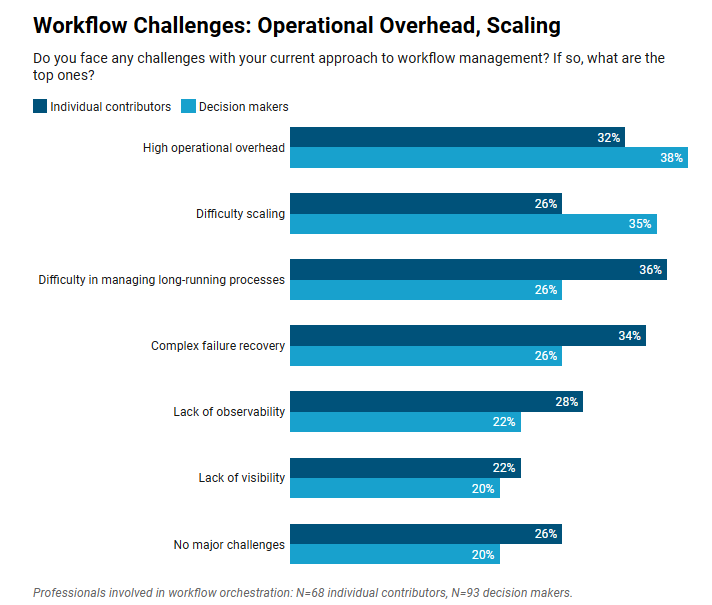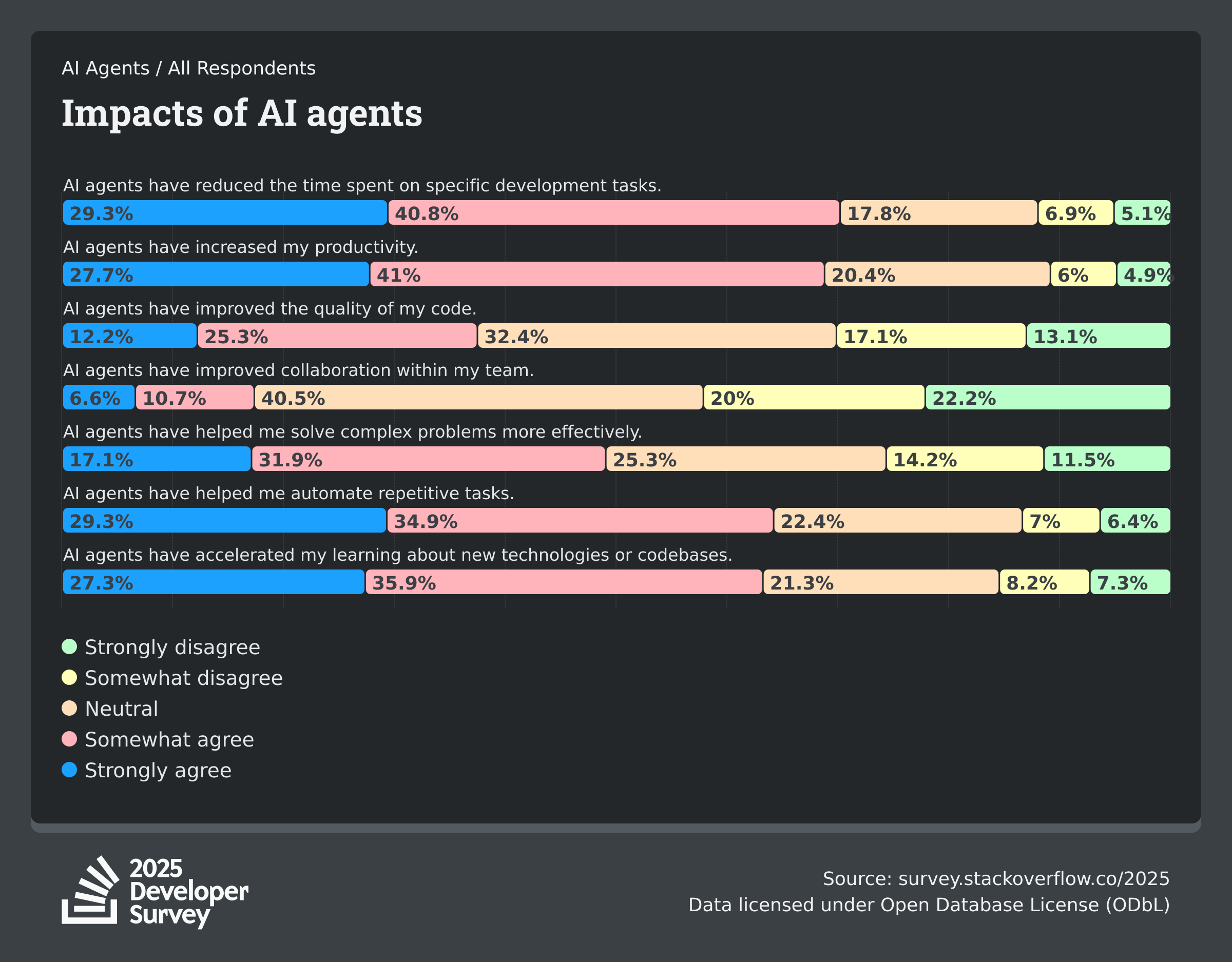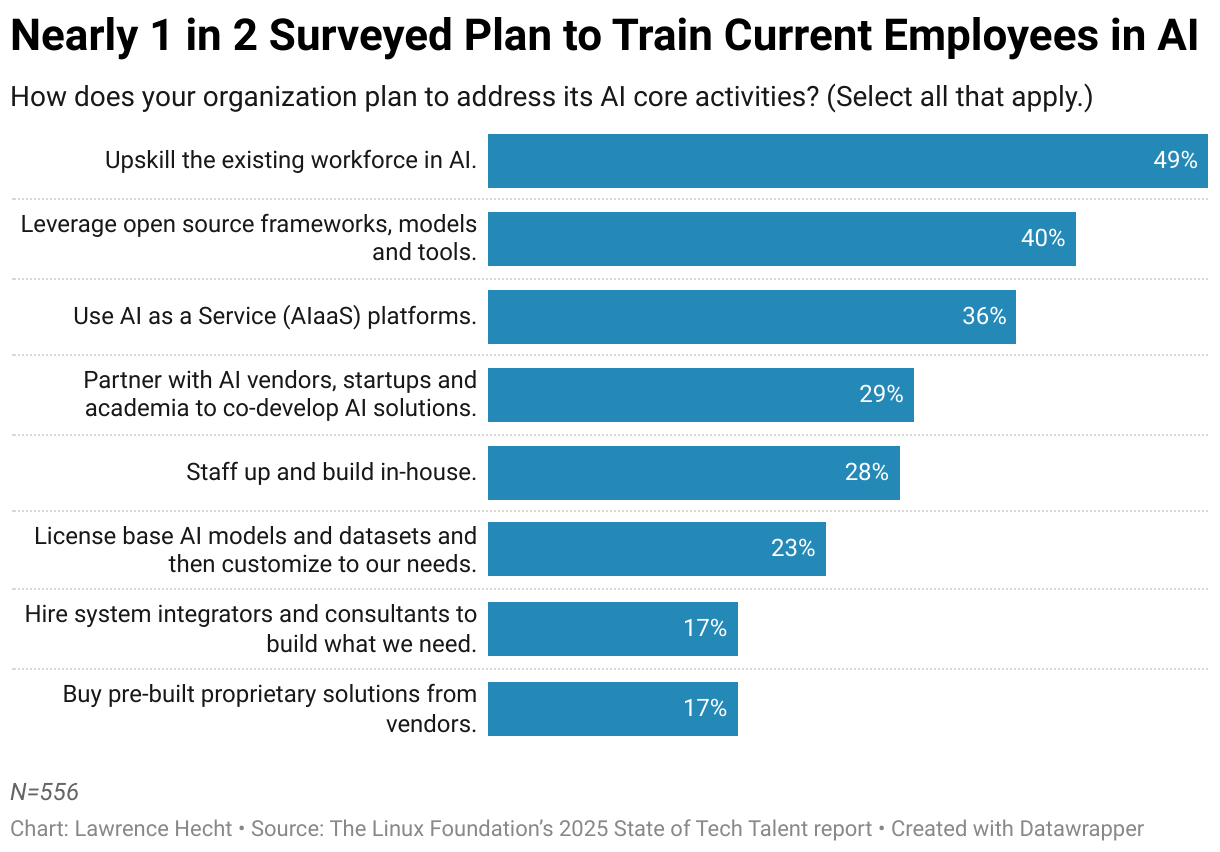The considerable growth in the Kubernetes market is well documented. It is by far the most widely used orchestration platform, but it’s not the only one, preventing it from receiving full default status. Kubernetes’ acceptance has forced it to mature quite fast and has left the technology community to rapidly innovate. It has helped force a disruption in the market as new and more established vendors now compete in the cloud-native space.
Container technologies prompted the rise and development of the Kubernetes orchestration platform. Today, the largest users of containers are companies with more than 1,000 employees which run their own data centers. These companies are also the largest users of Kubernetes in production — a compelling reminder of the market forces driving the project’s development and adoption. But these trends only tell part of the story.
The rest of the story is a bit more complex. The transition to an application-oriented architecture has just begun, and many forces in the market will affect how we perceive this shift. They encompass the various types of workloads that an organization deploys, the size of the organization and the breakdown of how users and vendors are each developing cloud-native architectures for larger market consumption.
The complete article can be found here.



